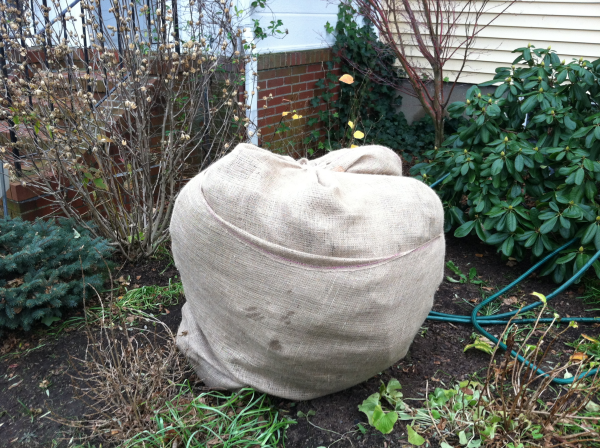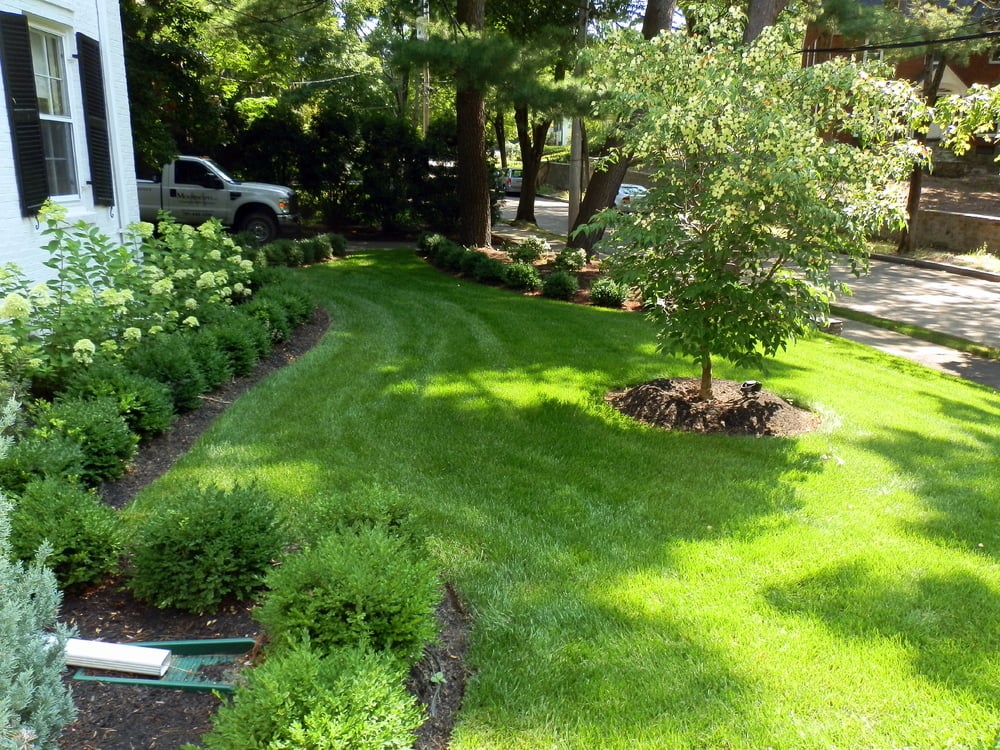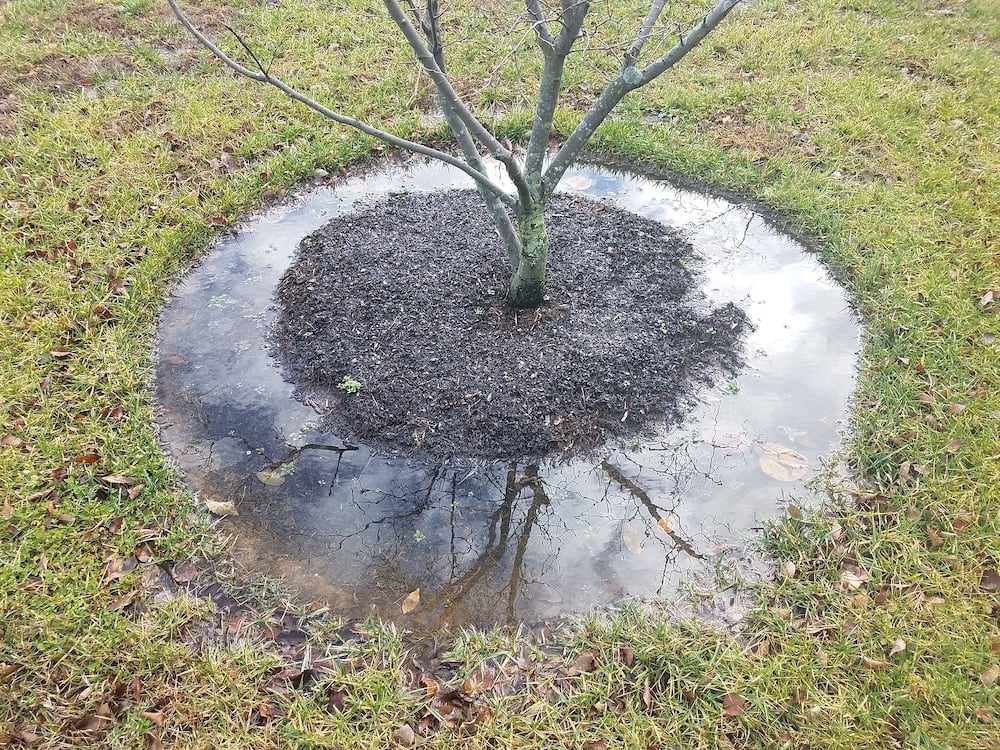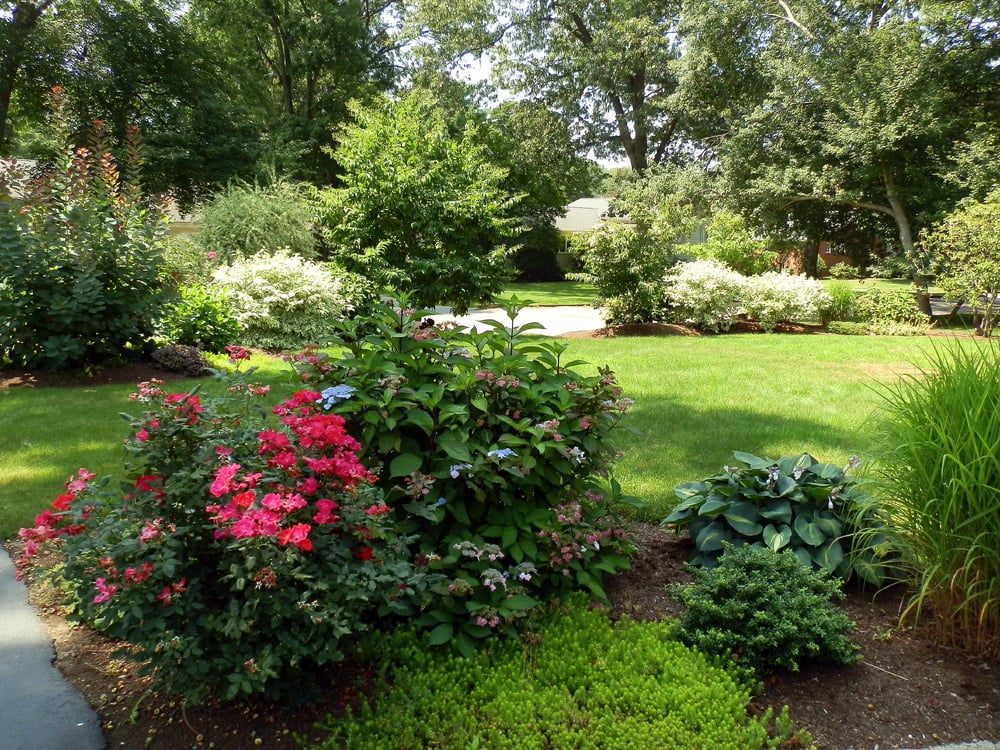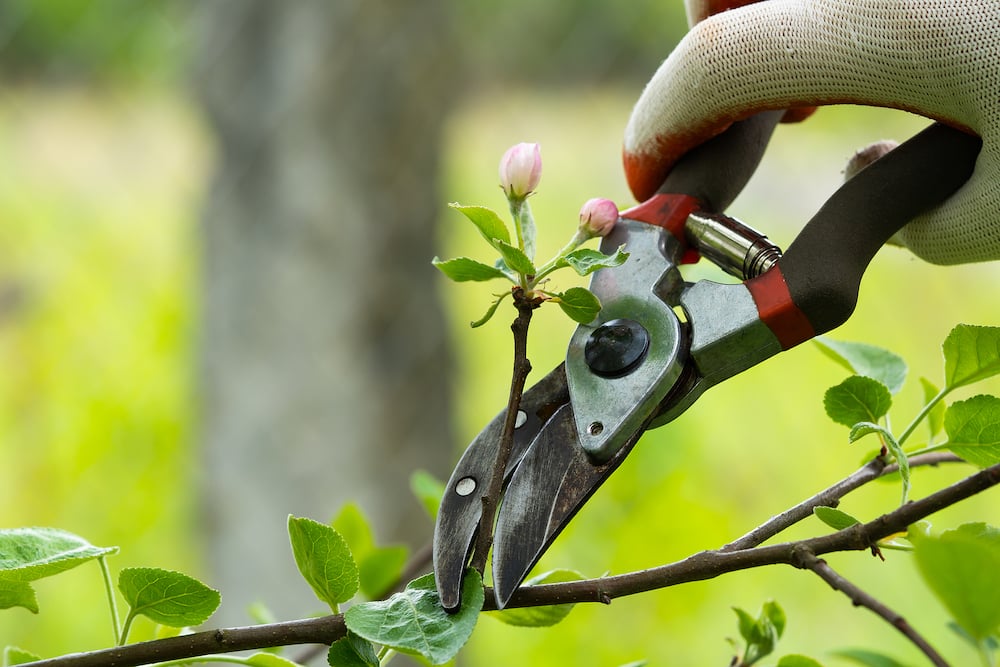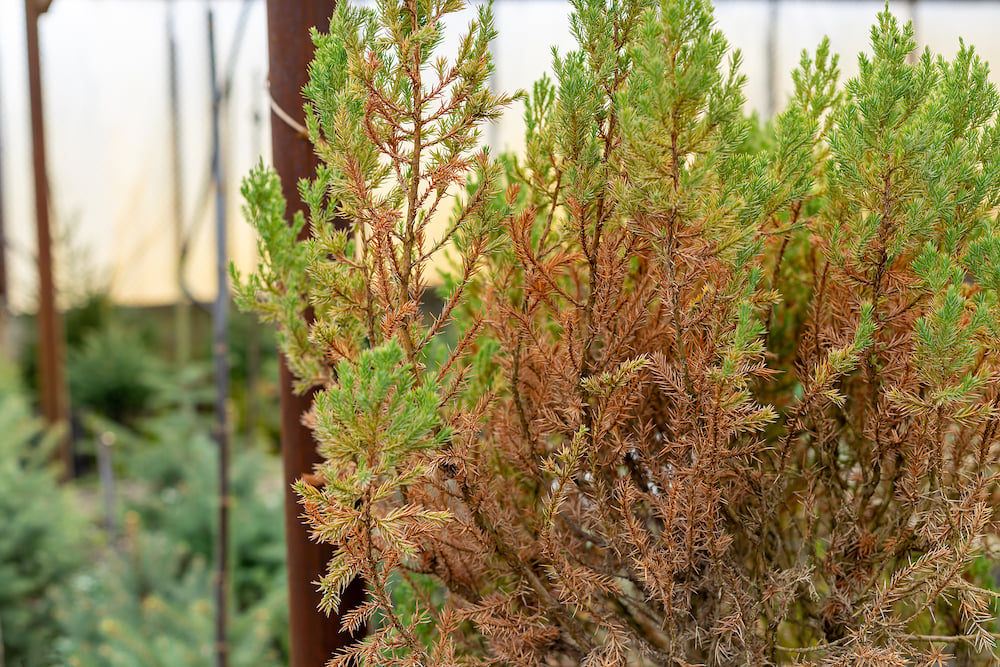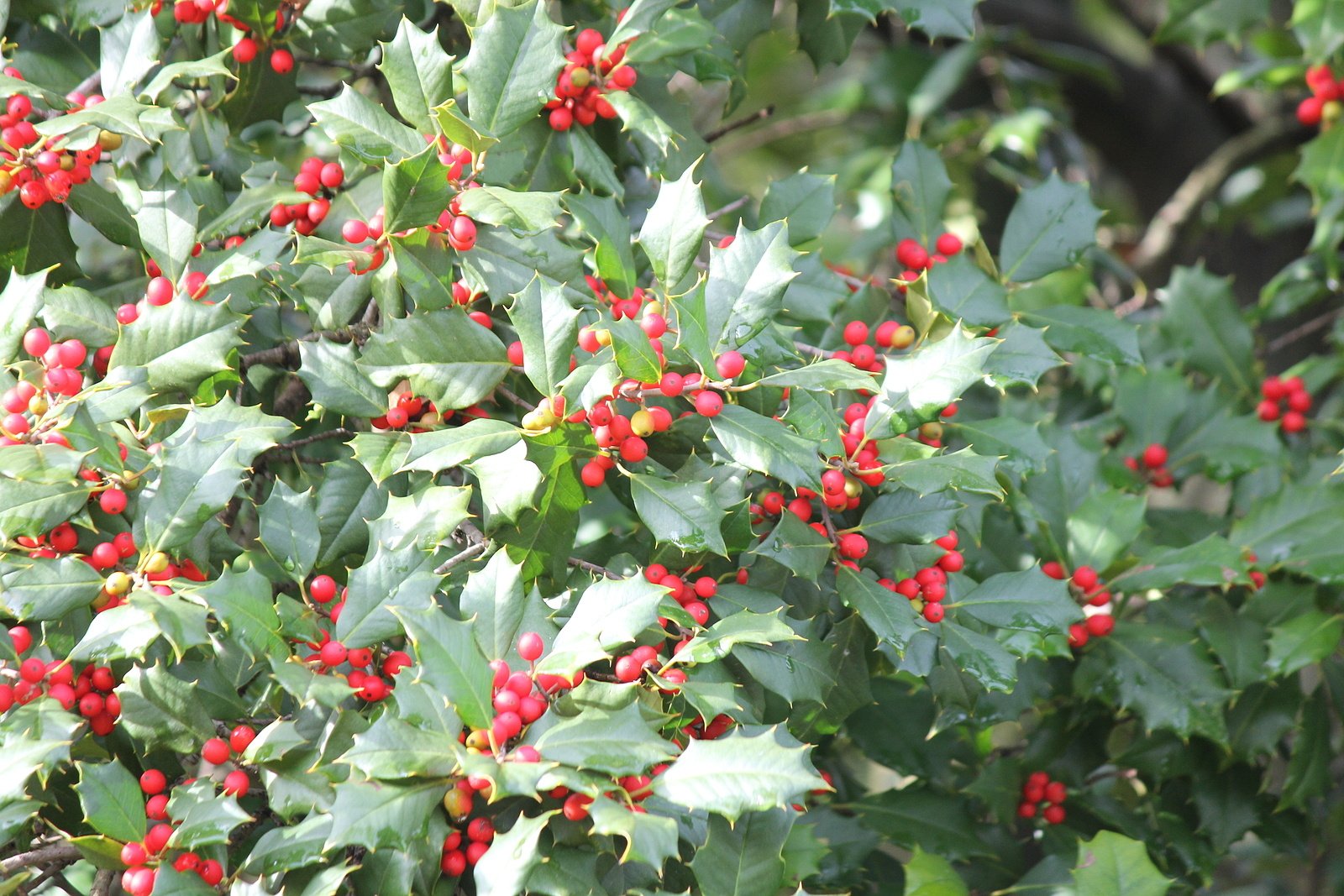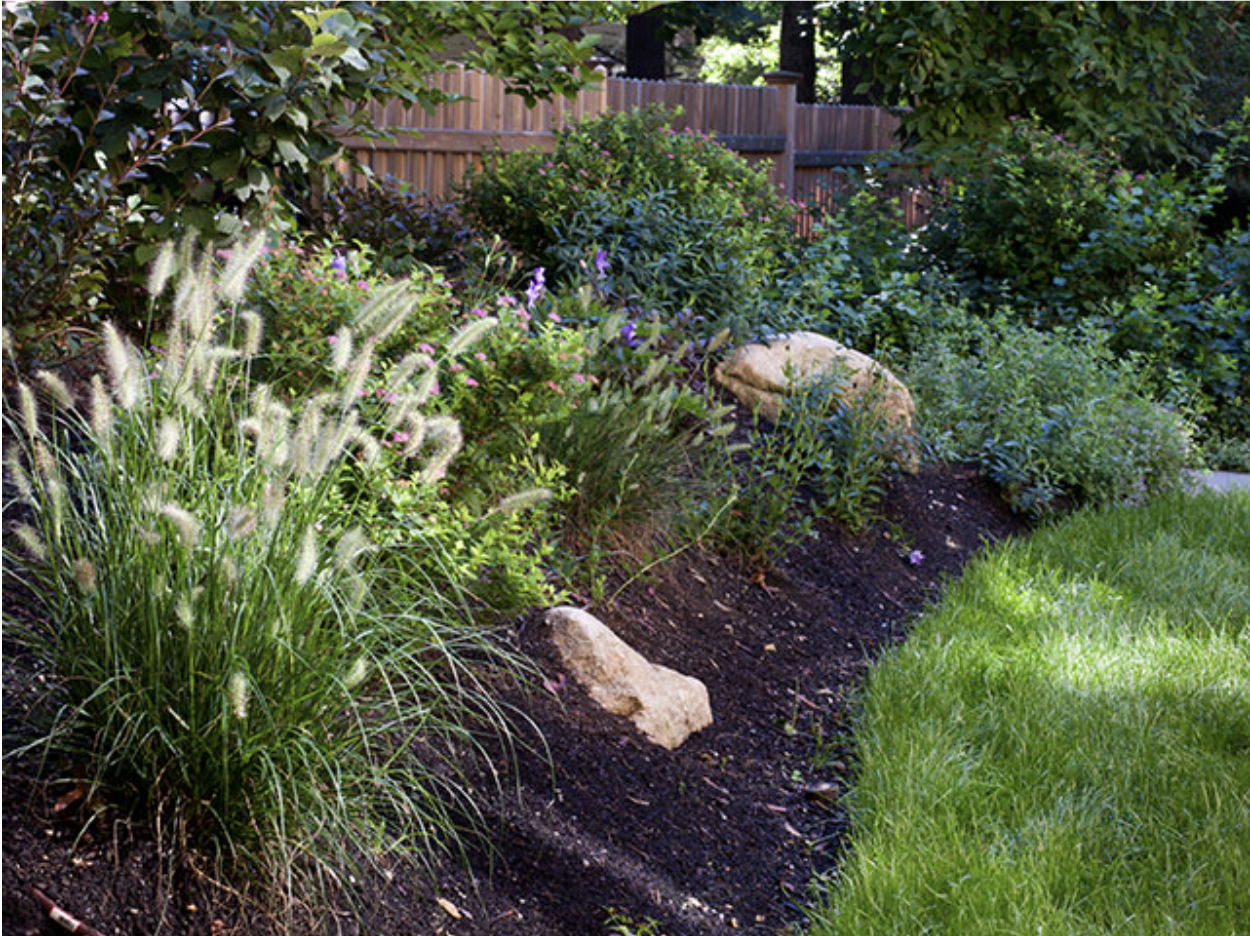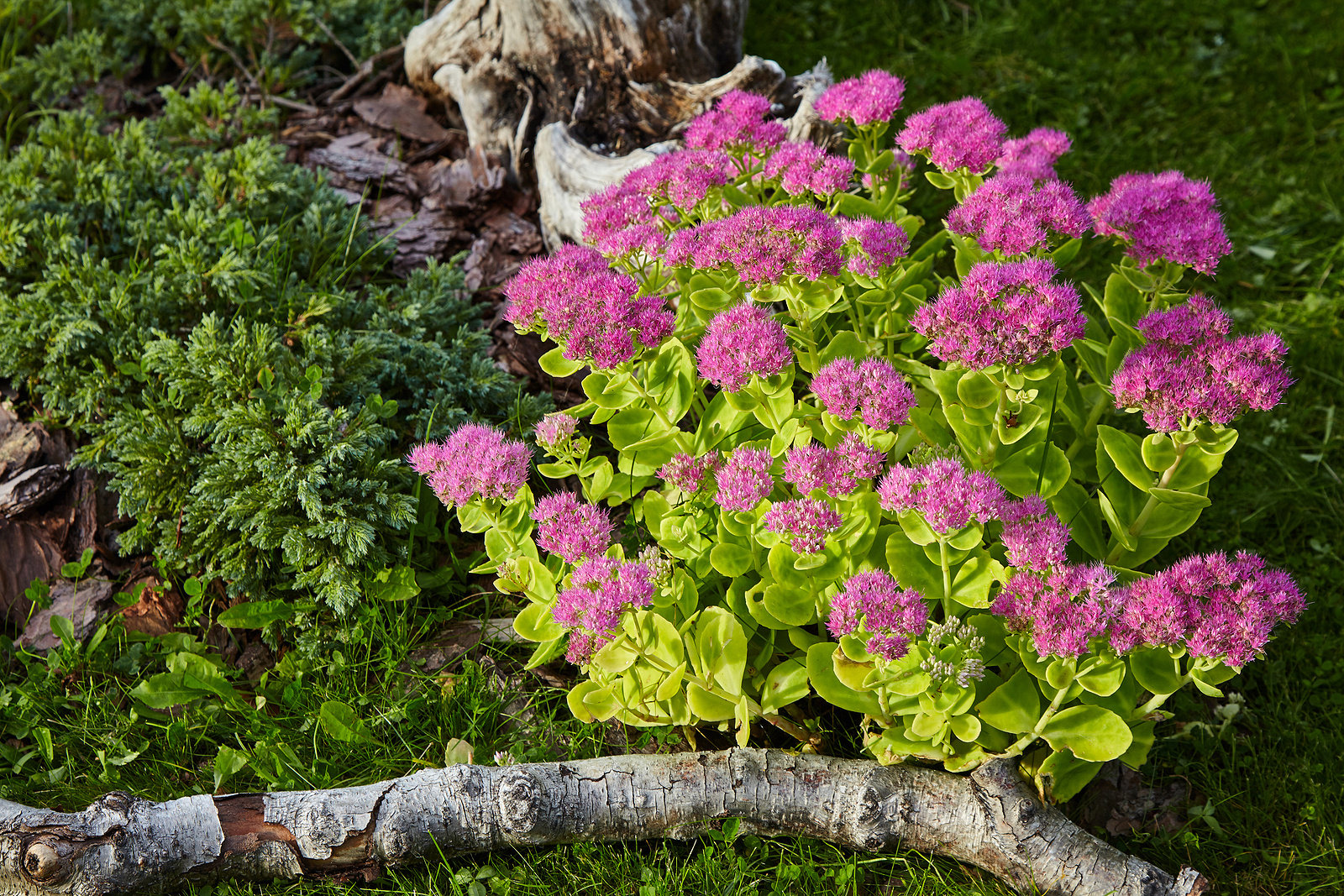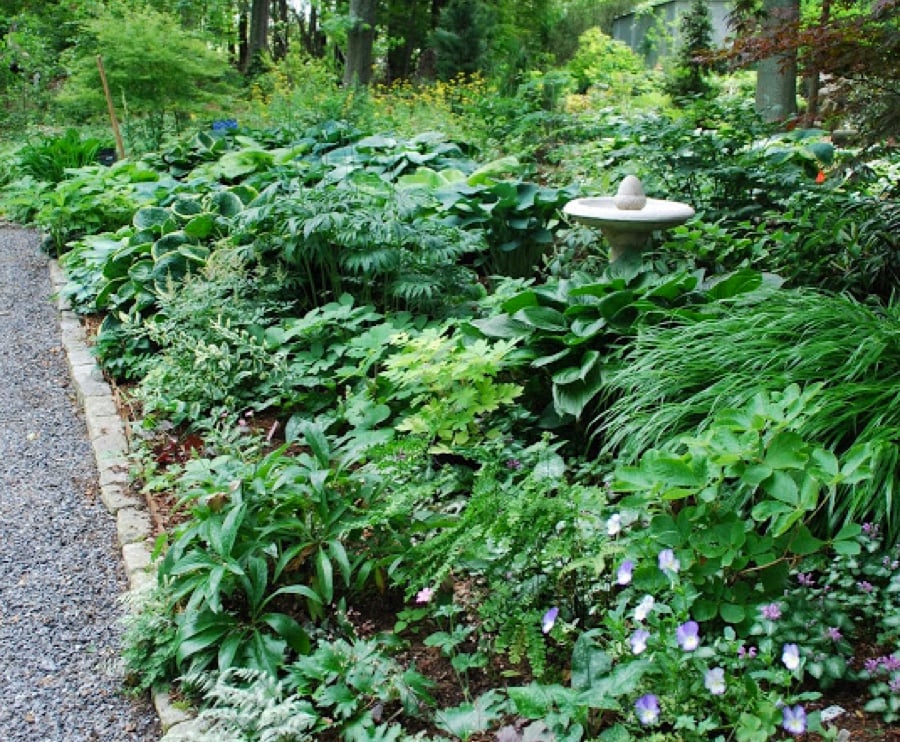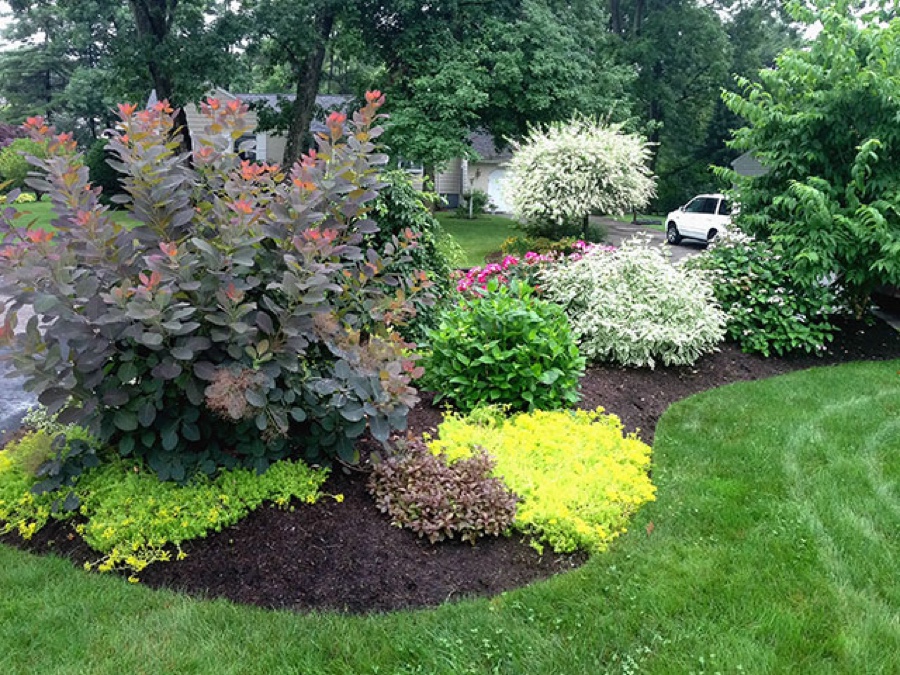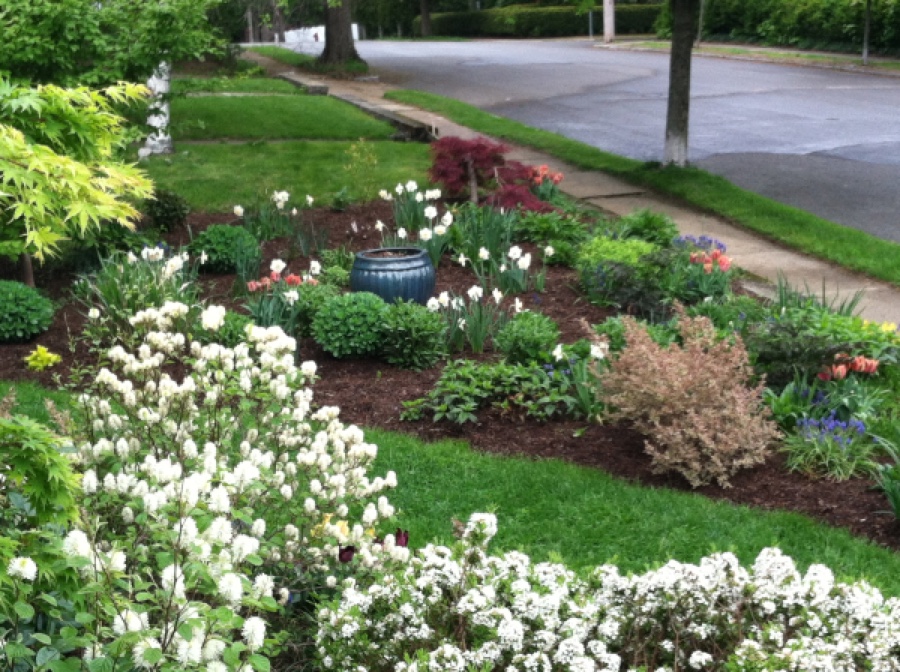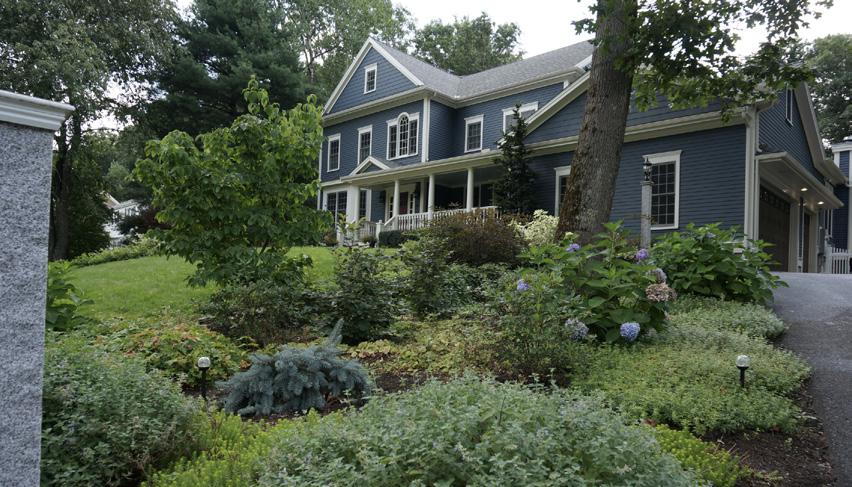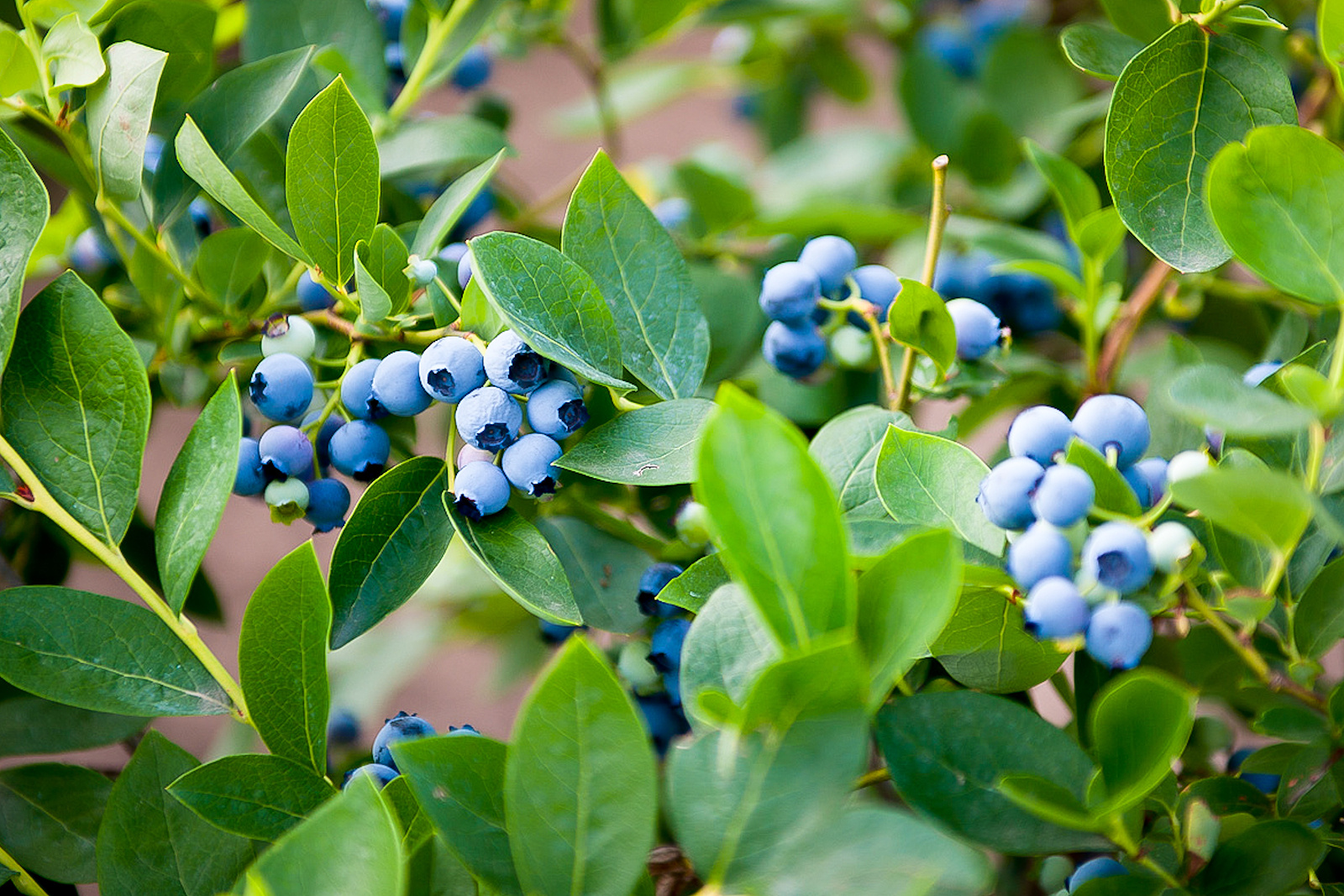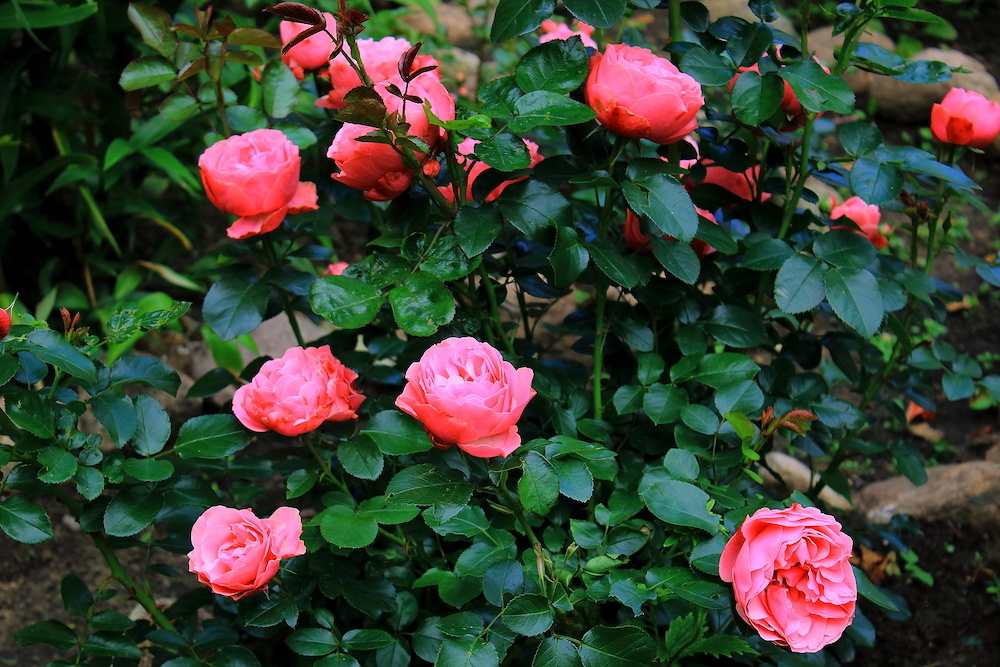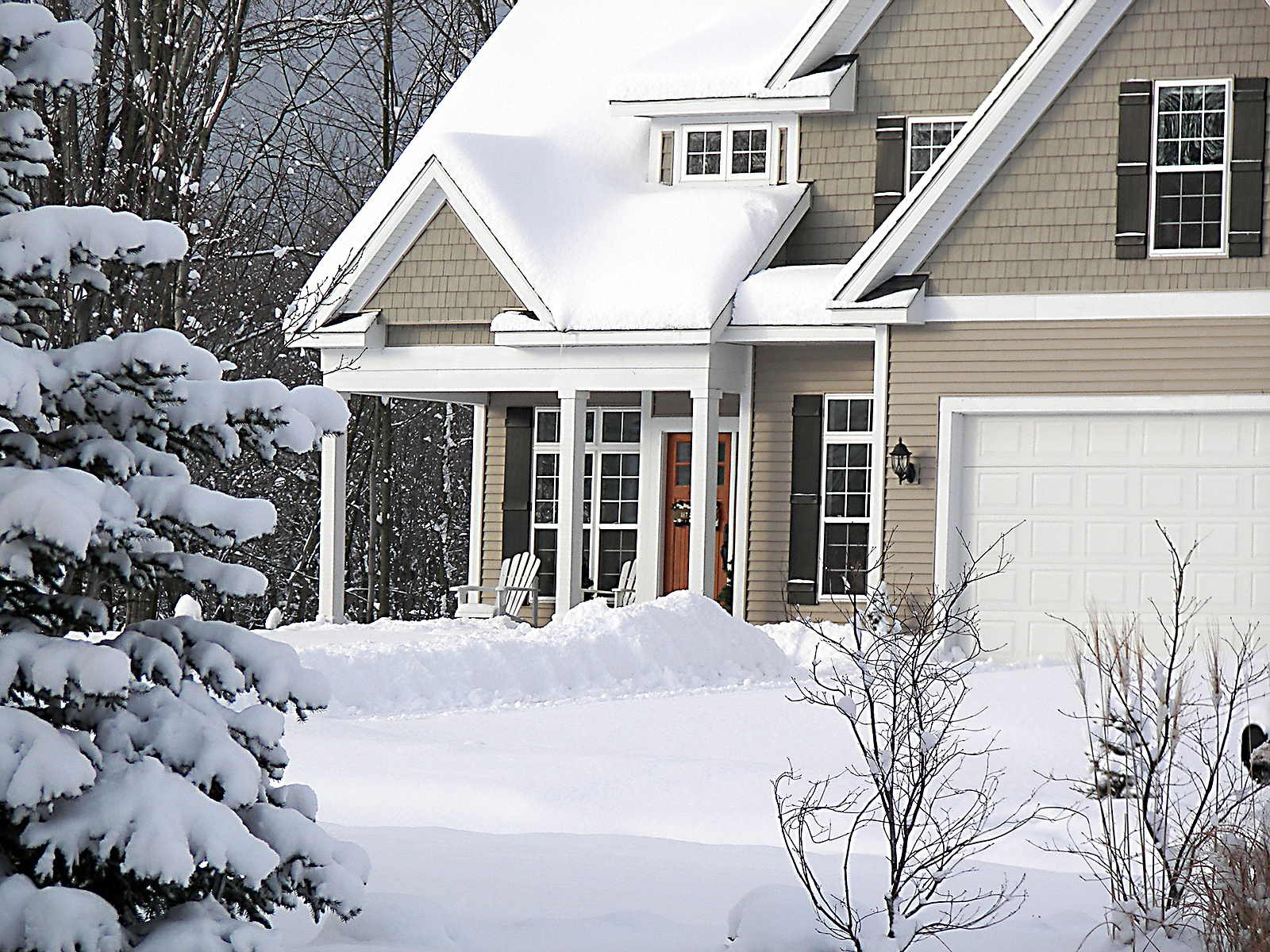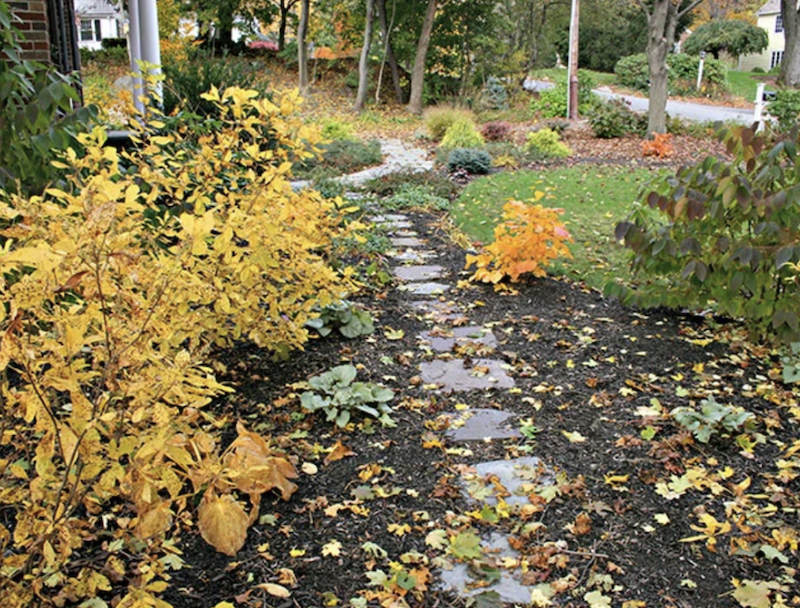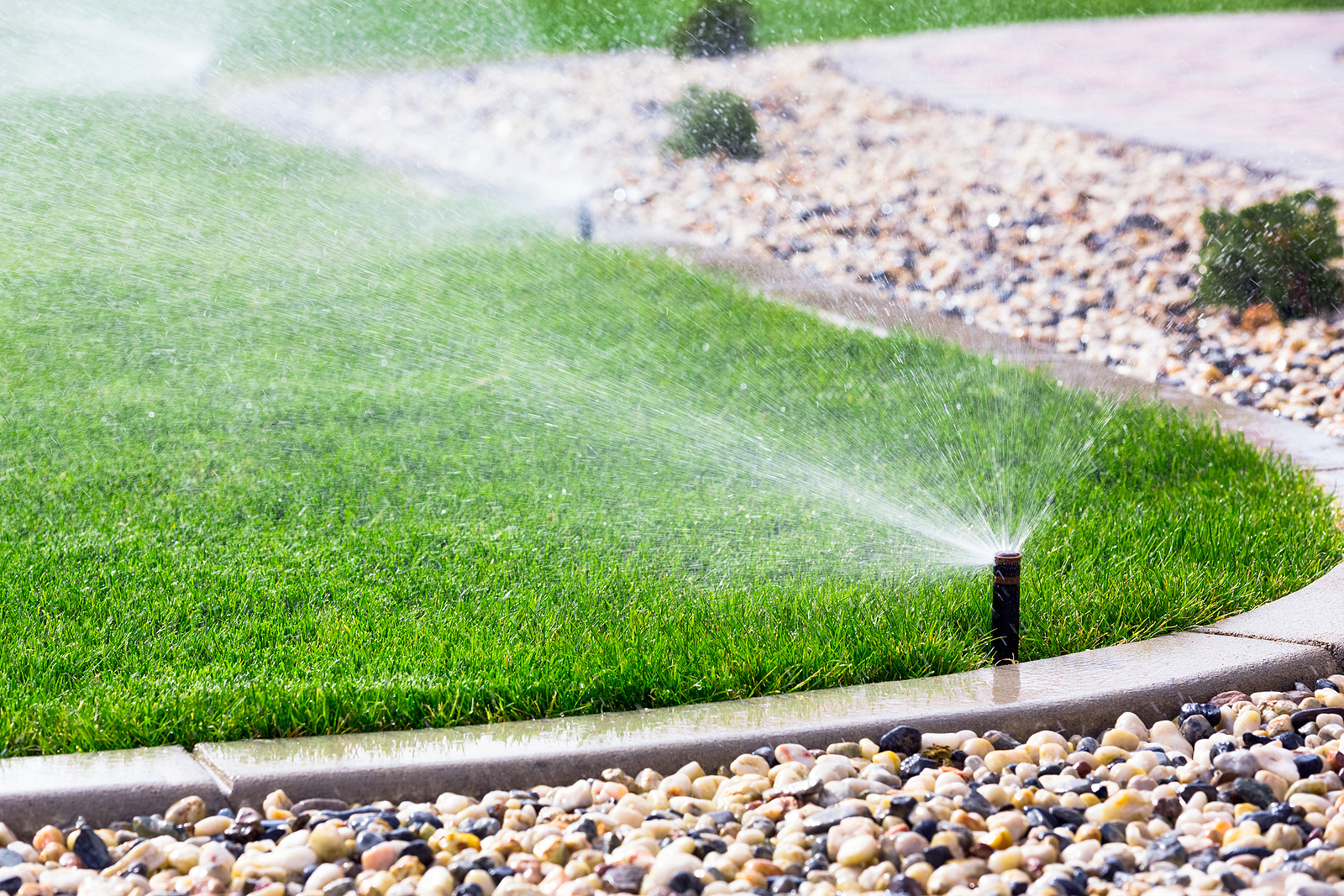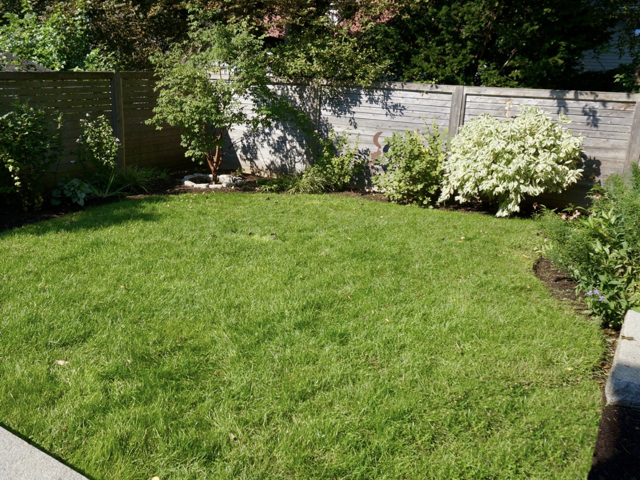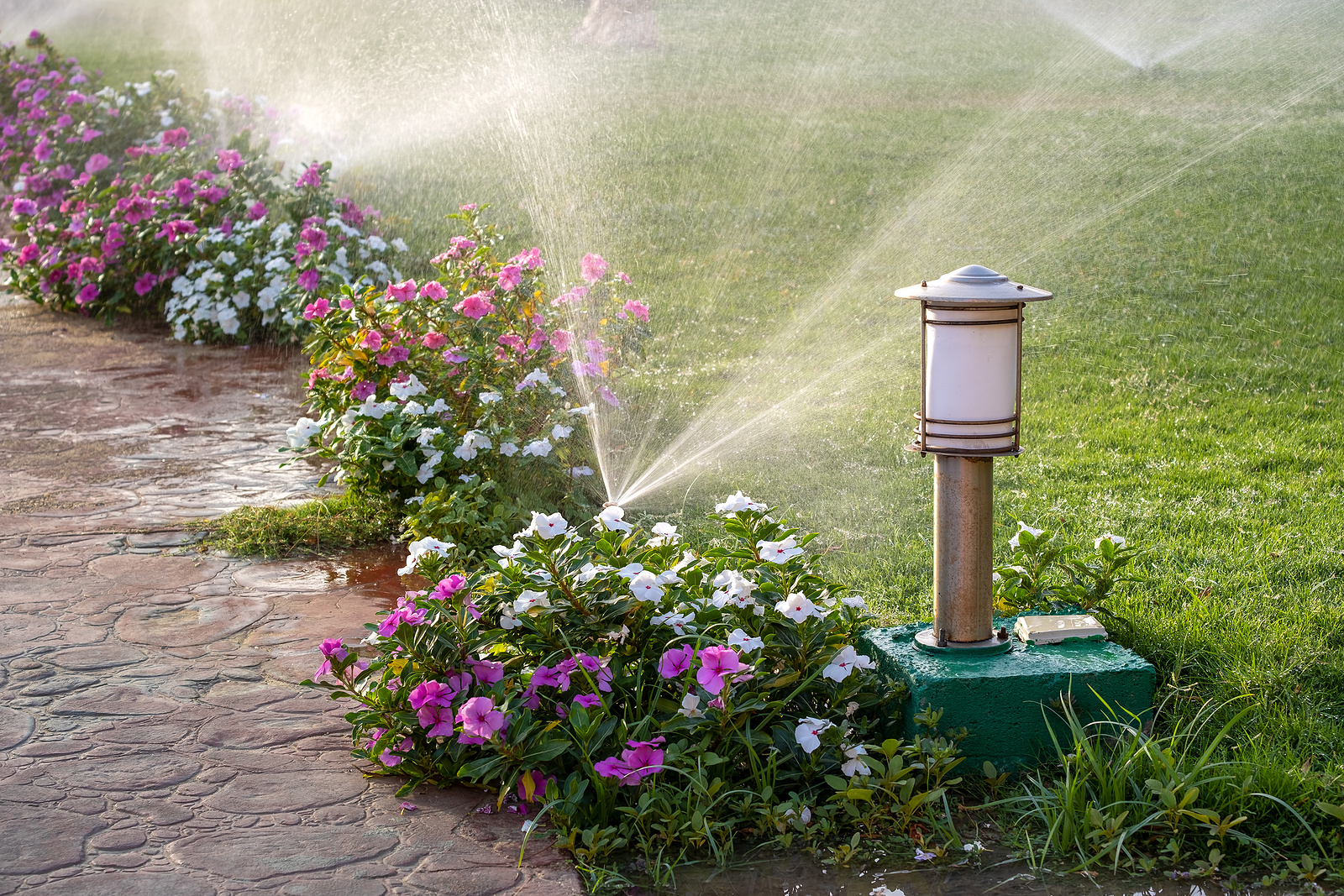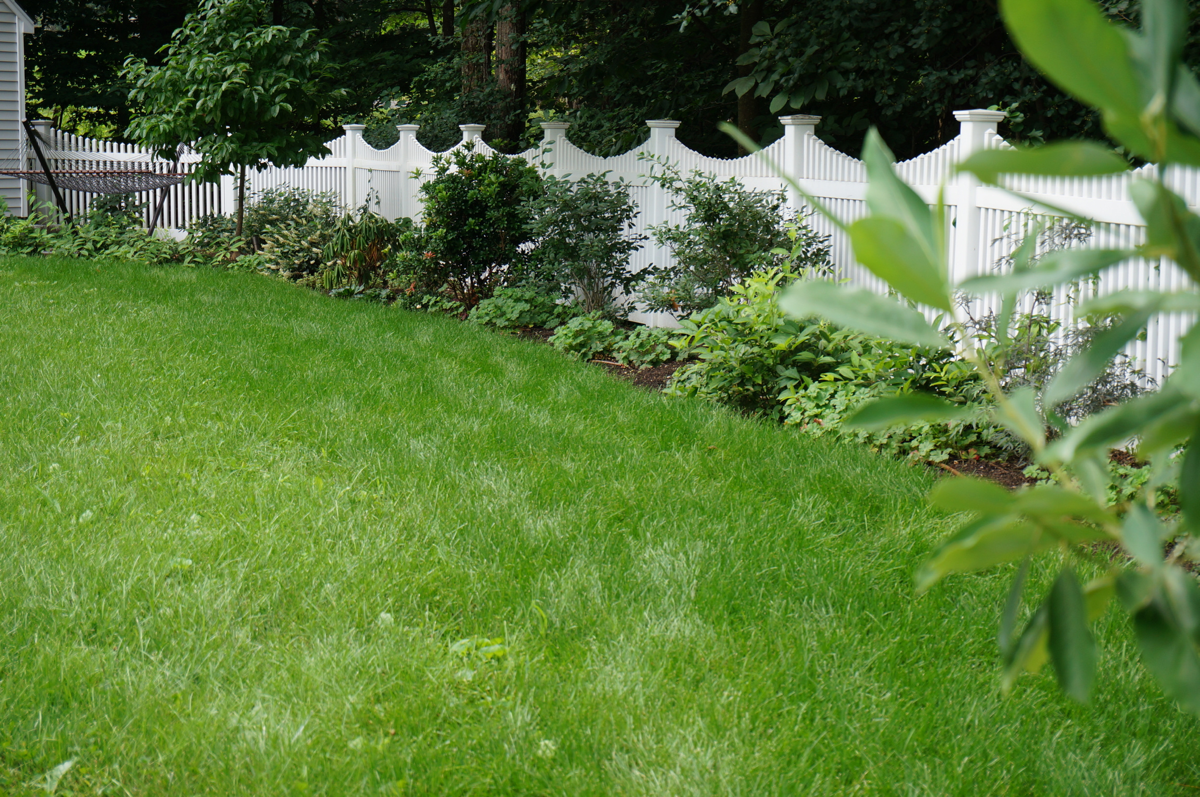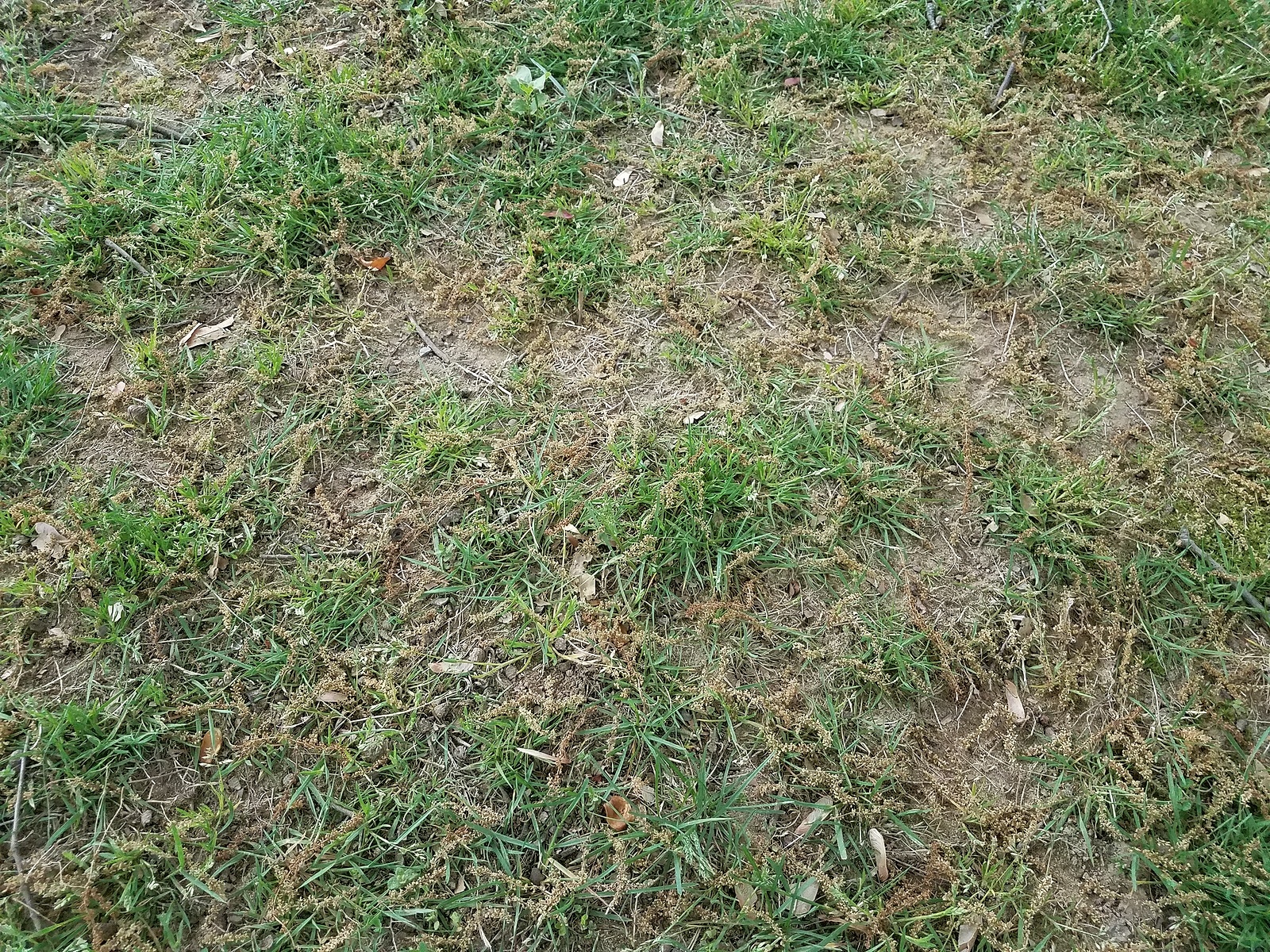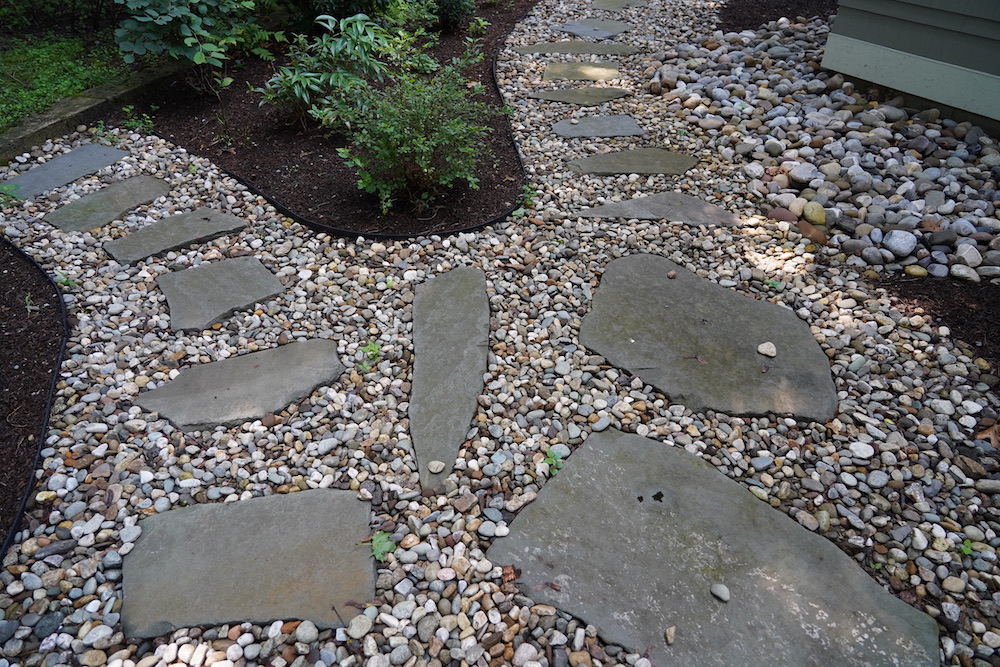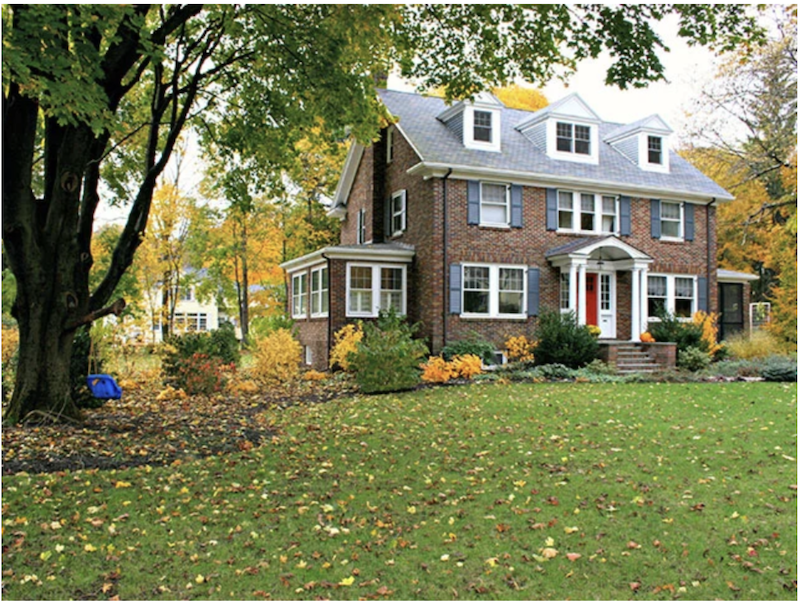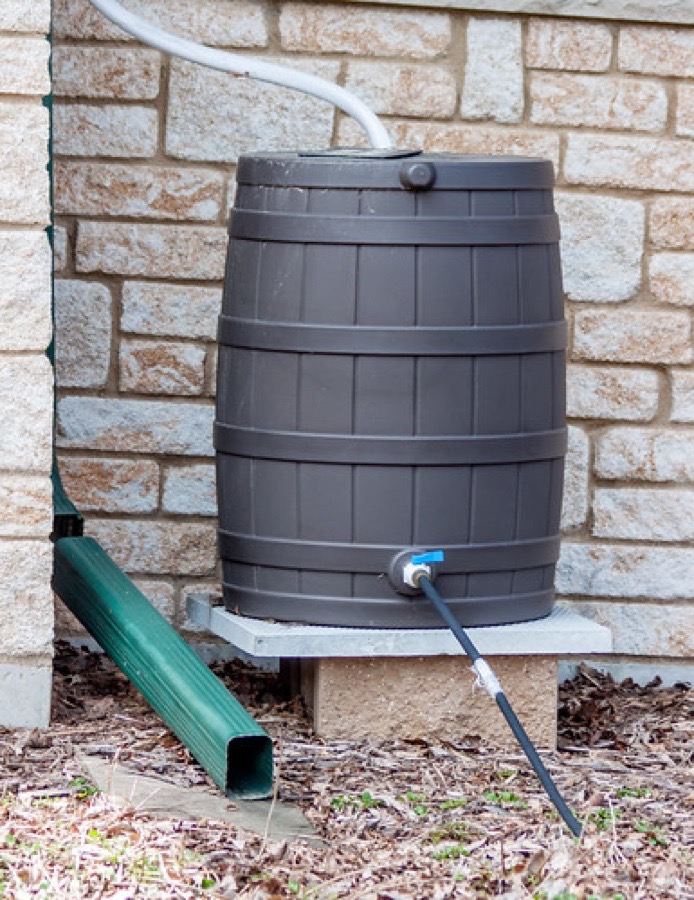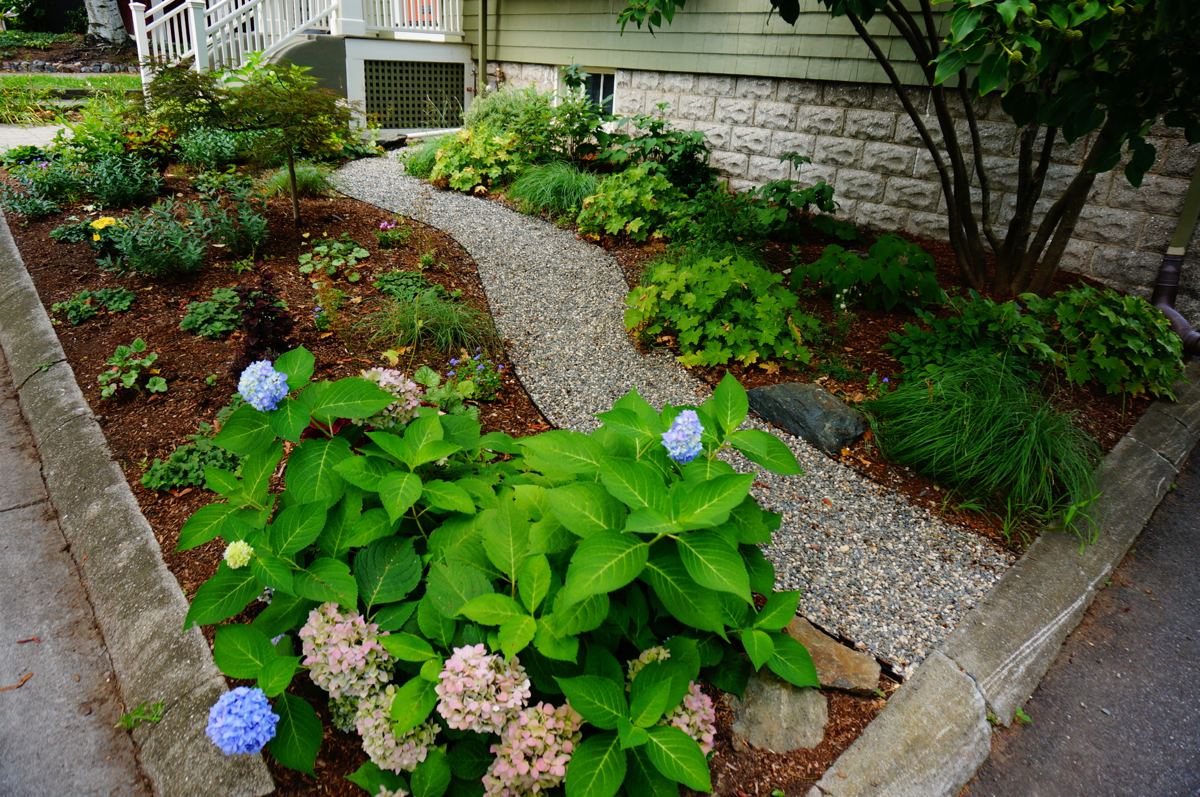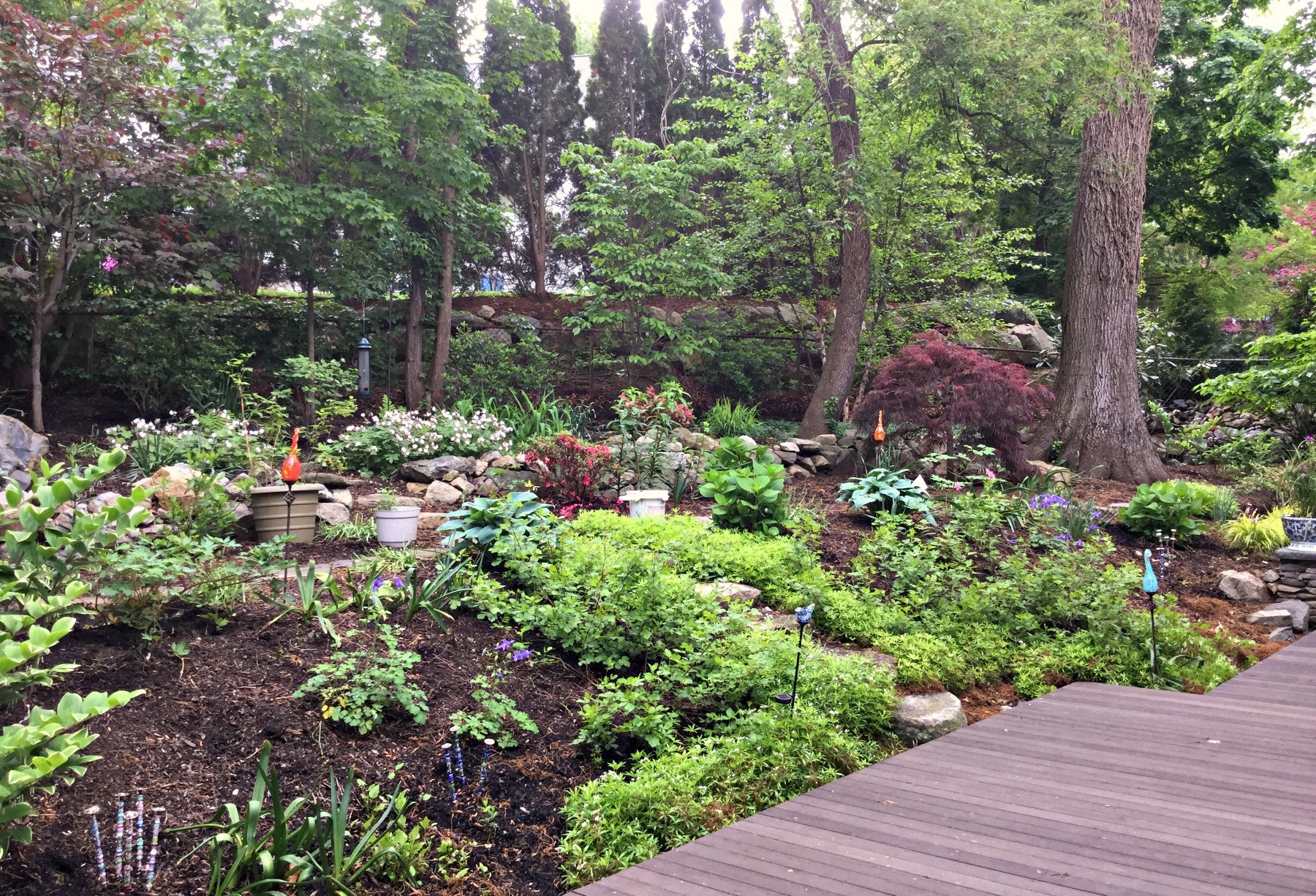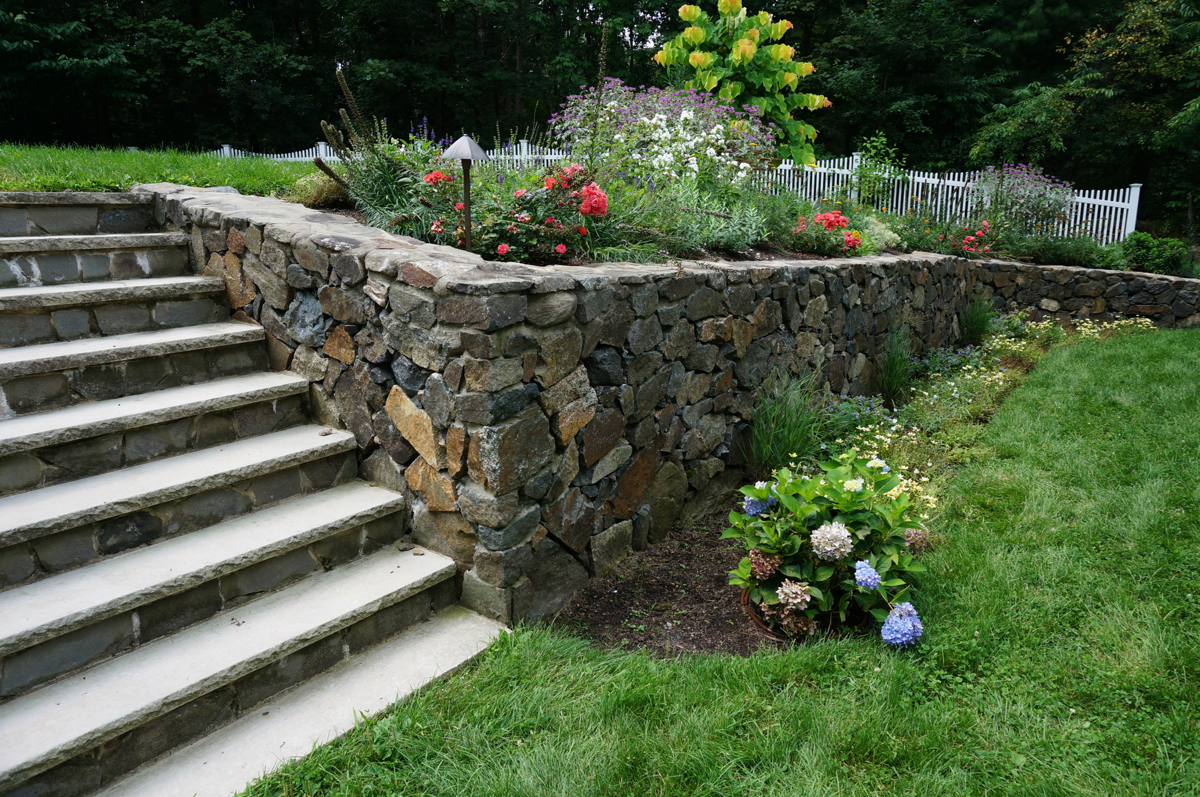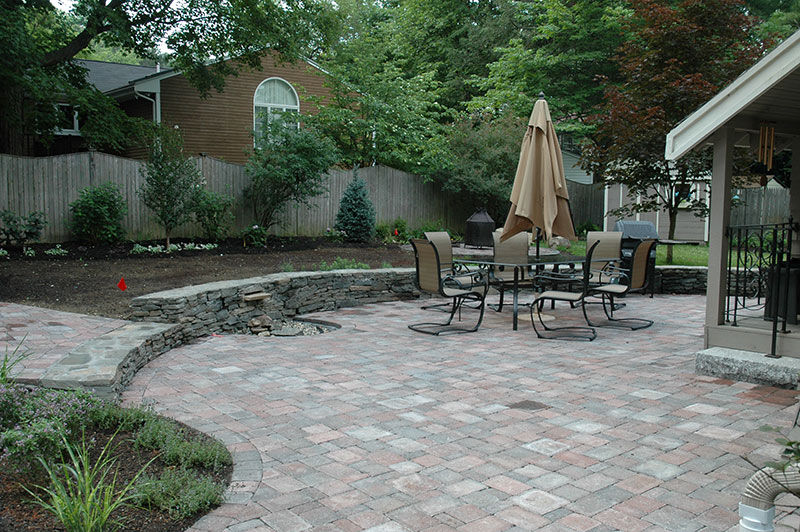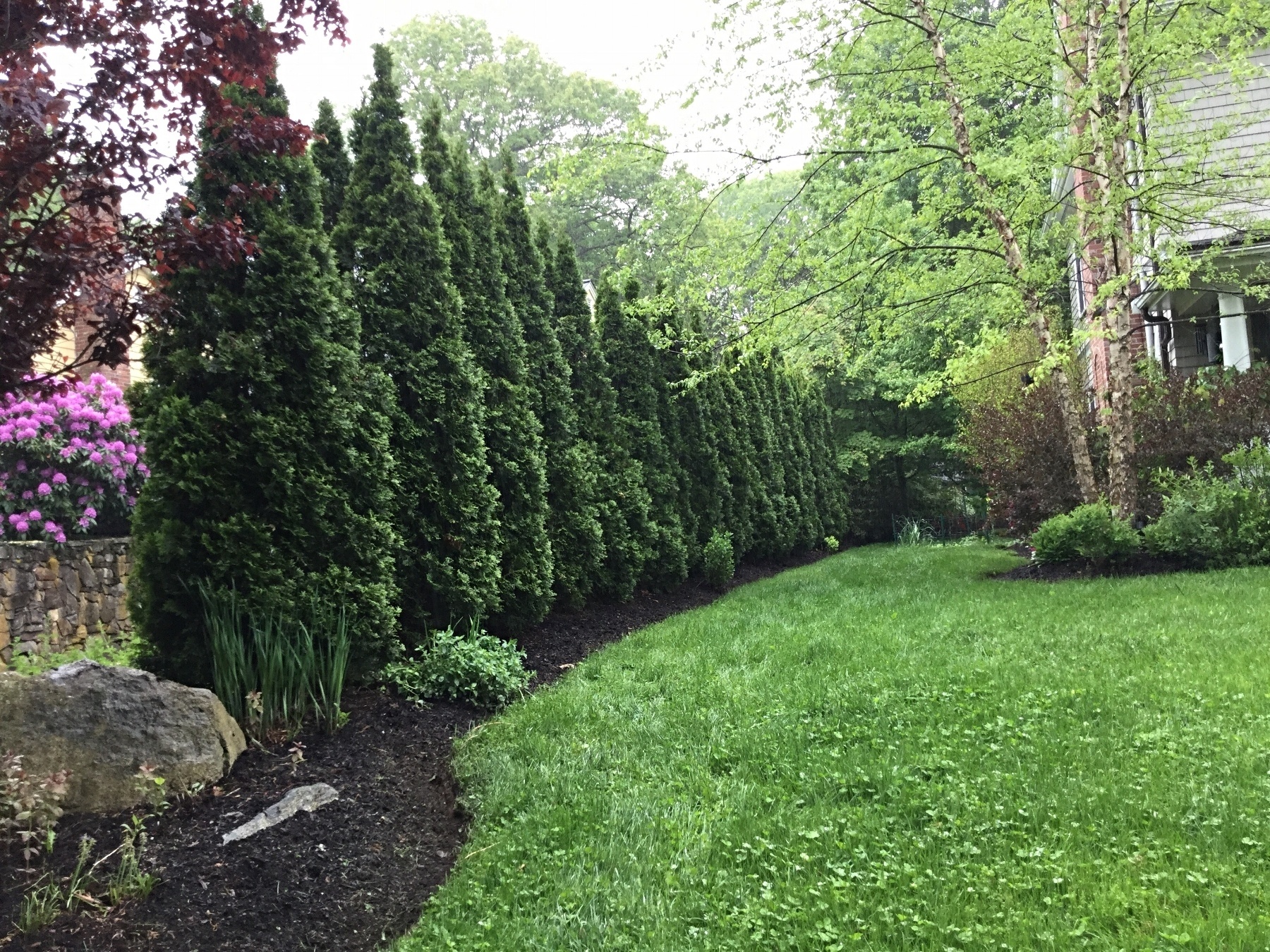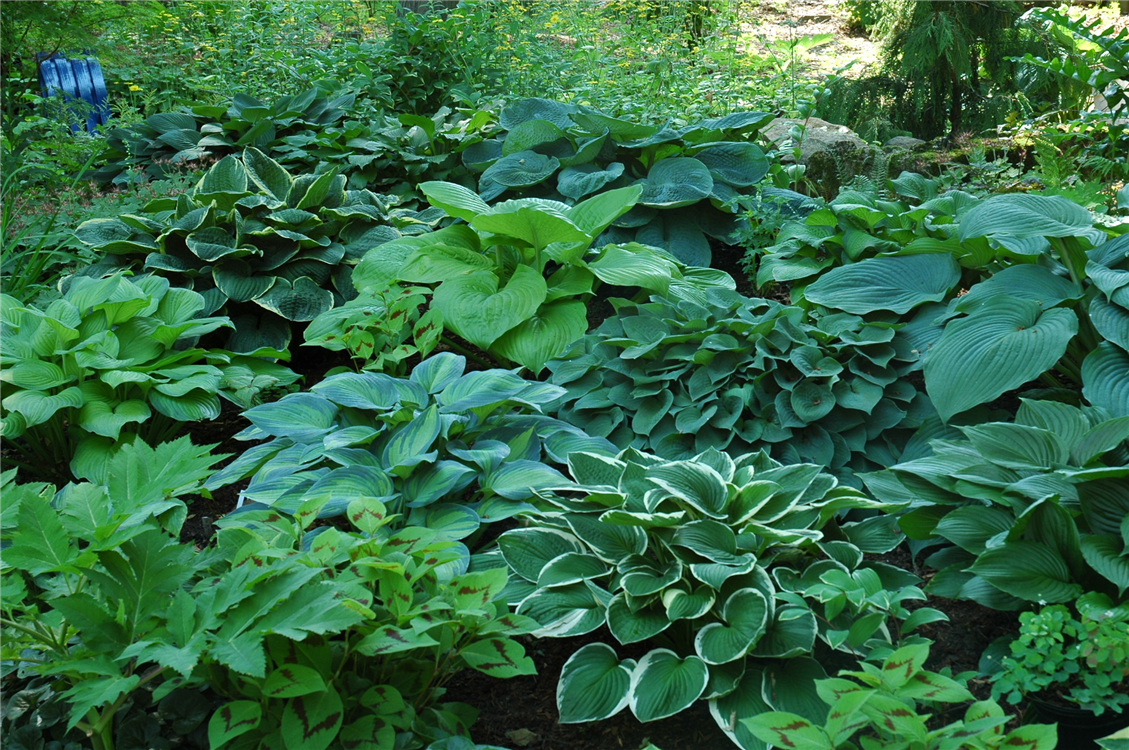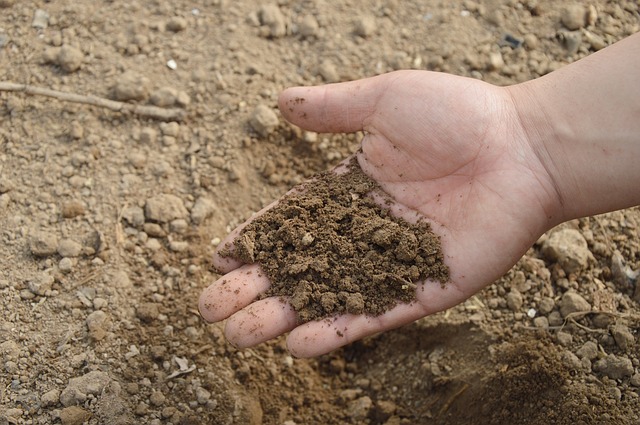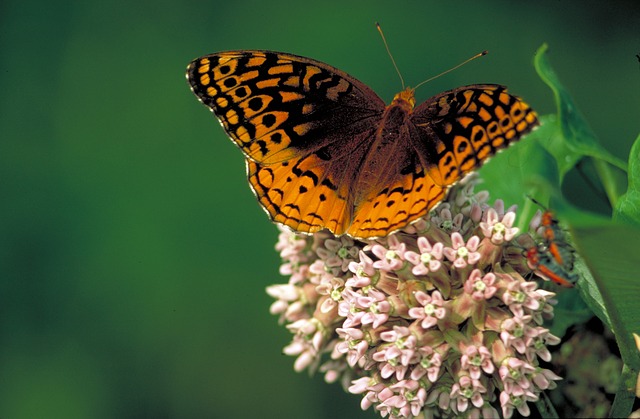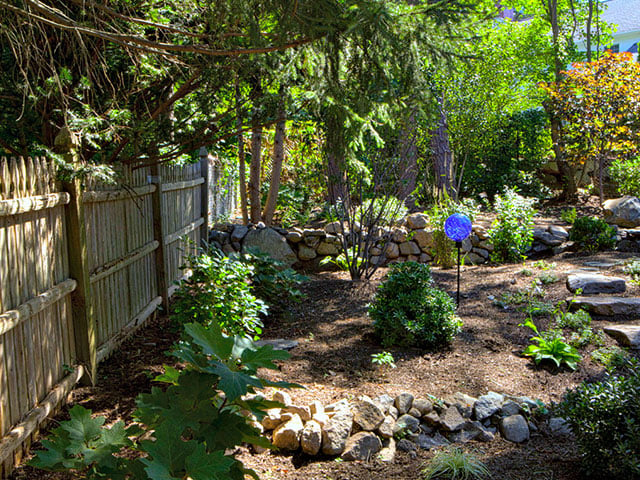In part one of our series comparing ecological cleanups with traditional ones, we discussed the differences between ecological and conventional landscaping. In the second part, we reviewed some of the specific processes of ecological landscaping.
For the final installment in the series, we’ll take a closer look at the overall benefits of ecological fall cleanups and the cost considerations of embracing a more environmentally-friendly strategy. At first blush, this approach may seem counterproductive and “messy” – a lazy person’s excuse for avoiding more aggressive and vigorous traditional cleanup tasks. Also, many people believe that preserving nature through organic landscape techniques is more costly than conventional methods. Neither of these are true.
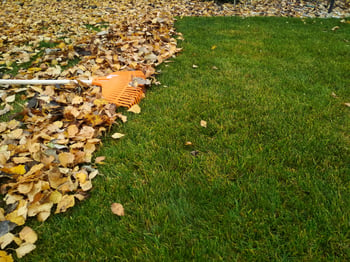 Let’s start with what it really means to take an ecological approach to fall cleanups. Traditionally, autumn cleanups have been all about raking up leaves and debris to make gardens and lawns look neat and clean. It was a way to “tidy up” your property and get ready for winter.
Let’s start with what it really means to take an ecological approach to fall cleanups. Traditionally, autumn cleanups have been all about raking up leaves and debris to make gardens and lawns look neat and clean. It was a way to “tidy up” your property and get ready for winter.
But in relatively recent years, advances in environmental science and ecological studies have revealed more fully the complex relationships between a remarkably wide variety of organisms and the tightly-knit and often-unseen interactions between plant, wildlife, and insect communities. It became clear that rich soil full of beneficial microorganisms is critical for supporting and nurturing the general health of the environment around us. Gardeners, landscapers, and property owners began to realize that autumn is not about stripping the earth clean of dead and decaying matter and more about putting gardens gently to bed and preparing the landscape for a long winter’s nap.
Rather than stripping the landscape of every single fallen leaf, it’s more beneficial to simply remove diseased plant matter and leave the rest to decay and return to the soil to enrich it, contributing to a healthier, more vibrant landscape.
Leaving the rake in the garage or shed may be a better idea because:
- Leaves can be used as mulch to help protect and winterize plants
- Leaves support beneficial insect life such as butterflies, moths, spiders, and other micro-predators that feed on destructive insects such as aphids
- Leaves break down and enrich the soil, acting as food for microorganisms to produce rich humus that supports healthier plant growth
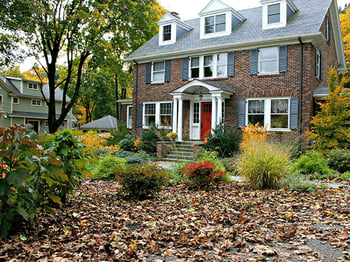 Leaves aren’t the only thing you can leave alone. Don’t bother deadheading or cutting down past-their-prime perennials. Instead leave them to go to seed and provide much-needed food for birds, pollinators, and other good insects. Remember, nine out of ten insects are the good guys and if you give them a warm place to sleep over winter they will be there to protect your plants from pests next spring and summer. Likewise, plant and nurture as many berry-bearing shrubs and trees as possible to help sustain birds and other wildlife through a harsh winter.
Leaves aren’t the only thing you can leave alone. Don’t bother deadheading or cutting down past-their-prime perennials. Instead leave them to go to seed and provide much-needed food for birds, pollinators, and other good insects. Remember, nine out of ten insects are the good guys and if you give them a warm place to sleep over winter they will be there to protect your plants from pests next spring and summer. Likewise, plant and nurture as many berry-bearing shrubs and trees as possible to help sustain birds and other wildlife through a harsh winter.
Ecological cleanups: short-term vs. long-term costs
Many homeowners view an ecological-landscaping investment through a short-term lens, measuring the cost based on money spent over the course of a few weeks or months. This is a mistake. Ecological landscaping should be considered a long-term tactic to invest in the prolonged health of your yard. You must think not only about what your yard looks like now, but what it will look like next season and the one after that, for years to come.
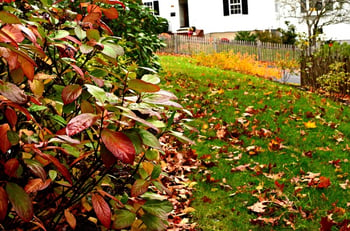 Short-term landscaping and quick-fix gardening tactics might make your yard look nice during the warmer seasons, but you should consider what you’ll have to do in the fall and winter to sustain it. The use of chemical remedies and aggressive tactics can eventually strip the soil and leave plants weak and vulnerable, increasing costs as it takes greater effort and more expensive methods to fix the damage that’s being done. Many conventional gardening and lawn care methods require a lot more effort from homeowners (and remember, time is money) because they change the landscape more significantly than ecological methods.
Short-term landscaping and quick-fix gardening tactics might make your yard look nice during the warmer seasons, but you should consider what you’ll have to do in the fall and winter to sustain it. The use of chemical remedies and aggressive tactics can eventually strip the soil and leave plants weak and vulnerable, increasing costs as it takes greater effort and more expensive methods to fix the damage that’s being done. Many conventional gardening and lawn care methods require a lot more effort from homeowners (and remember, time is money) because they change the landscape more significantly than ecological methods.
This reminds me of the famous quote from the Dalai Lama, who said “(Man) sacrifices his health in order to make money. Then he sacrifices money to recuperate his health.”
You might be able to make your yard look great quickly with chemicals and shortcuts that address your landscape at surface level, but you will end up spending any savings you gained in the short-term supporting the long-term health of your yard. While ecological yard care can cost more in the short-term, you have to consider the long-term cost to your time and your yard’s health if you use quick-fix gardening tactics.
Interested in adopting more environmentally-friendly lawn and garden care practices? Our landscape specialists at Moodscapes have many years of experience with all kinds of cleanup and maintenance tasks. Contact us to set up an appointment so you can learn why ecological landscaping will end up costing less in the long run – for your wallet and the environment.
If you are in our service area in eastern Massachusetts and want to speak to us about an ecological fall cleanup, please reach out to us to schedule a call.
To learn about the best methods to landscape maintenance, please read the eBook titled "How to Maintain Your Landscape and Transform it into a Beauty You'll Love."


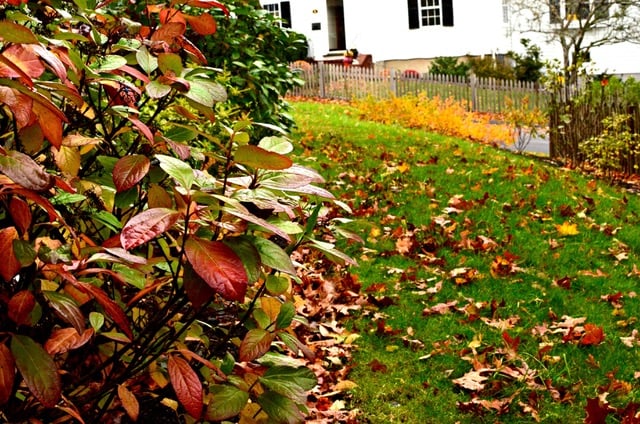
 Let’s start with what it really means to take an ecological approach to fall cleanups. Traditionally, autumn cleanups have been all about raking up leaves and debris to make gardens and lawns look neat and clean. It was a way to “tidy up” your property and get ready for winter.
Let’s start with what it really means to take an ecological approach to fall cleanups. Traditionally, autumn cleanups have been all about raking up leaves and debris to make gardens and lawns look neat and clean. It was a way to “tidy up” your property and get ready for winter. Leaves aren’t the only thing you can leave alone. Don’t bother deadheading or cutting down past-their-prime perennials. Instead leave them to go to seed and provide much-needed food for birds, pollinators, and other good insects. Remember, nine out of ten insects are the good guys and if you give them a warm place to sleep over winter they will be there to protect your plants from pests next spring and summer. Likewise, plant and nurture as many berry-bearing shrubs and trees as possible to help sustain birds and other wildlife through a harsh winter.
Leaves aren’t the only thing you can leave alone. Don’t bother deadheading or cutting down past-their-prime perennials. Instead leave them to go to seed and provide much-needed food for birds, pollinators, and other good insects. Remember, nine out of ten insects are the good guys and if you give them a warm place to sleep over winter they will be there to protect your plants from pests next spring and summer. Likewise, plant and nurture as many berry-bearing shrubs and trees as possible to help sustain birds and other wildlife through a harsh winter. Short-term landscaping and quick-fix gardening tactics might make your yard look nice during the warmer seasons, but you should consider what you’ll have to do in the fall and winter to sustain it. The use of chemical remedies and aggressive tactics can eventually strip the soil and leave plants weak and vulnerable, increasing costs as it takes greater effort and more expensive methods to fix the damage that’s being done. Many conventional gardening and lawn care methods require a lot more effort from homeowners (and remember, time is money) because they change the landscape more significantly than ecological methods.
Short-term landscaping and quick-fix gardening tactics might make your yard look nice during the warmer seasons, but you should consider what you’ll have to do in the fall and winter to sustain it. The use of chemical remedies and aggressive tactics can eventually strip the soil and leave plants weak and vulnerable, increasing costs as it takes greater effort and more expensive methods to fix the damage that’s being done. Many conventional gardening and lawn care methods require a lot more effort from homeowners (and remember, time is money) because they change the landscape more significantly than ecological methods.
